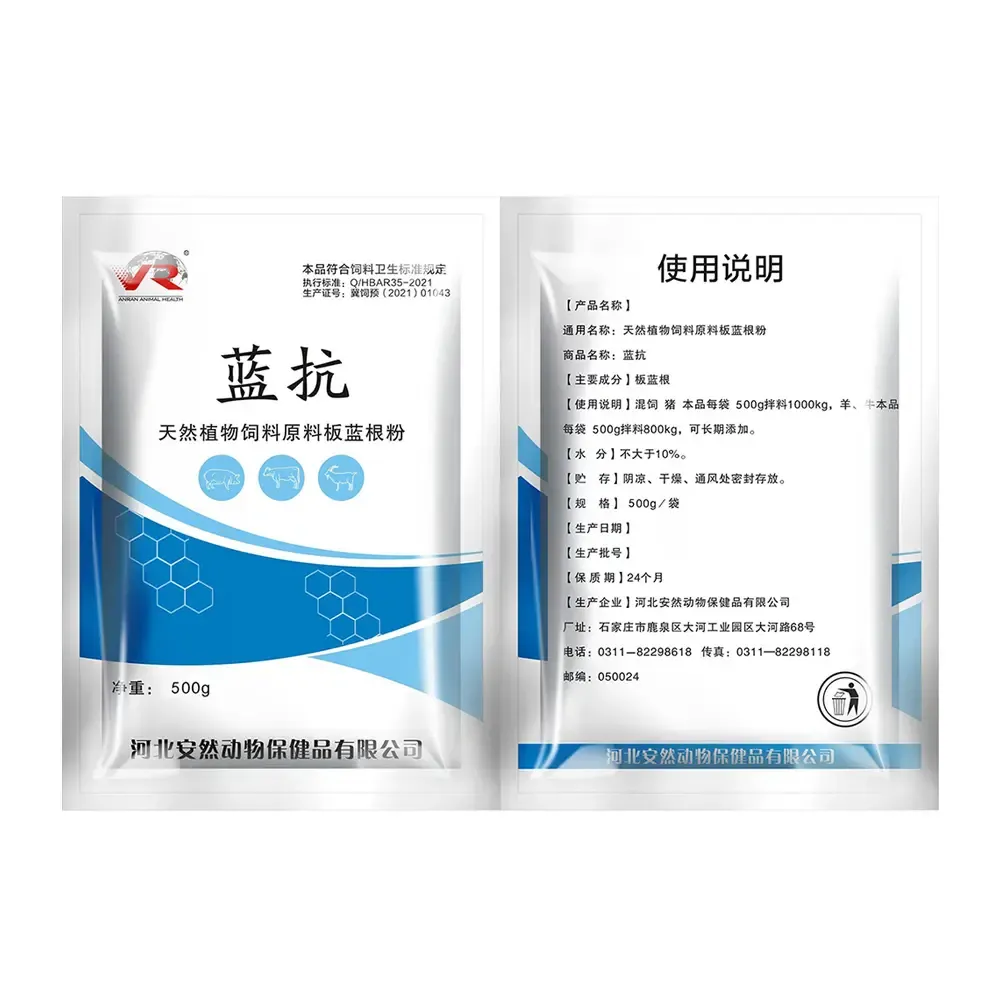- Afrikaans
- Albanian
- Amharic
- Arabic
- Armenian
- Azerbaijani
- Basque
- Belarusian
- Bengali
- Bosnian
- Bulgarian
- Catalan
- Cebuano
- Corsican
- Croatian
- Czech
- Danish
- Dutch
- English
- Esperanto
- Estonian
- Finnish
- French
- Frisian
- Galician
- Georgian
- German
- Greek
- Gujarati
- Haitian Creole
- hausa
- hawaiian
- Hebrew
- Hindi
- Miao
- Hungarian
- Icelandic
- igbo
- Indonesian
- irish
- Italian
- Japanese
- Javanese
- Kannada
- kazakh
- Khmer
- Rwandese
- Korean
- Kurdish
- Kyrgyz
- Lao
- Latin
- Latvian
- Lithuanian
- Luxembourgish
- Macedonian
- Malgashi
- Malay
- Malayalam
- Maltese
- Maori
- Marathi
- Mongolian
- Myanmar
- Nepali
- Norwegian
- Norwegian
- Occitan
- Pashto
- Persian
- Polish
- Portuguese
- Punjabi
- Romanian
- Russian
- Samoan
- Scottish Gaelic
- Serbian
- Sesotho
- Shona
- Sindhi
- Sinhala
- Slovak
- Slovenian
- Somali
- Spanish
- Sundanese
- Swahili
- Swedish
- Tagalog
- Tajik
- Tamil
- Tatar
- Telugu
- Thai
- Turkish
- Turkmen
- Ukrainian
- Urdu
- Uighur
- Uzbek
- Vietnamese
- Welsh
- Bantu
- Yiddish
- Yoruba
- Zulu
Nov . 08, 2024 21:15 Back to list
amoxicillin clavulanic acid injection
Amoxicillin and Clavulanic Acid Injection A Comprehensive Overview
Amoxicillin and clavulanic acid, a combined formulation widely used in medical practice, has gained prominence for its broad-spectrum antibacterial properties. This combination enhances the therapeutic efficacy of amoxicillin, thereby addressing a range of bacterial infections that are otherwise resistant to standard penicillin antibiotics. This article seeks to explore the composition, mechanism of action, indications, contraindications, and potential side effects of amoxicillin and clavulanic acid injection.
Composition and Mechanism of Action
Amoxicillin, a semi-synthetic penicillin derivative, exerts its antibacterial effects by inhibiting bacterial cell wall synthesis. It disrupts the transpeptidation process, ultimately leading to cell lysis and the death of susceptible bacteria. However, one of the major challenges in treating bacterial infections is the emergence of beta-lactamase enzymes produced by certain bacteria, which can inactivate many penicillins, including amoxicillin.
To combat this challenge, clavulanic acid, a beta-lactamase inhibitor, is included in the formulation. Clavulanic acid binds to the active site of beta-lactamase enzymes, effectively neutralizing their ability to inactivate amoxicillin. This synergistic effect considerably extends the range of bacteria that can be effectively treated with this combination, making it a valuable tool in combating resistant strains.
Indications
The injectable form of amoxicillin and clavulanic acid is indicated for a variety of infections, particularly those caused by beta-lactamase producing organisms. Common indications include
1. Respiratory Tract Infections Including pneumonia, bronchitis, and sinusitis, where the causative organisms may be resistant to amoxicillin alone. 2. Skin and Soft Tissue Infections Effective against cellulitis, abscesses, and infected wounds, particularly those with mixed flora. 3. Urinary Tract Infections (UTIs) Amino penicillins are often utilized in the treatment of uncomplicated UTIs where multi-drug resistant organisms may be involved. 4. Gynecological Infections Such as pelvic inflammatory disease and endometritis.
Due to its broad spectrum of activity, this combination is frequently prescribed in both outpatient and inpatient settings, especially in cases where the causative organism is not yet identified.
amoxicillin clavulanic acid injection

Contraindications and Precautions
Despite its efficacy, the use of amoxicillin and clavulanic acid injection is not without contraindications. Patients with a known allergy to penicillins or cephalosporins should avoid this medication to prevent potentially serious allergic reactions, such as anaphylaxis. It should also be used cautiously in individuals with a history of liver dysfunction or cholestatic jaundice.
Additionally, the injection should be administered under medical supervision, as there is a risk of severe side effects, especially with rapid intravenous infusion.
Potential Side Effects
While many patients tolerate amoxicillin and clavulanic acid injection well, this medication can cause side effects. The most common include gastrointestinal disturbances such as nausea, vomiting, and diarrhea. Allergic reactions may present as skin rashes, itching, or more severe reactions in sensitive individuals. Liver function tests might show abnormalities, particularly in prolonged therapy.
Other rare but serious effects can include Clostridium difficile-associated diarrhea, which may occur due to disruption of the normal gut flora.
Conclusion
Amoxicillin and clavulanic acid injection represents a powerful therapeutic option in the fight against bacterial infections, particularly those that exhibit resistance to standard treatments. Understanding its mechanism of action, appropriate indications, and potential risks is essential for healthcare providers to optimize treatment strategies and improve patient outcomes. As with any antibiotic therapy, careful consideration of the benefits and risks is paramount to ensure efficacy and safety in clinical practice.
-
Guide to Oxytetracycline Injection
NewsMar.27,2025
-
Guide to Colistin Sulphate
NewsMar.27,2025
-
Gentamicin Sulfate: Uses, Price, And Key Information
NewsMar.27,2025
-
Enrofloxacin Injection: Uses, Price, And Supplier Information
NewsMar.27,2025
-
Dexamethasone Sodium Phosphate Injection: Uses, Price, And Key Information
NewsMar.27,2025
-
Albendazole Tablet: Uses, Dosage, Cost, And Key Information
NewsMar.27,2025













